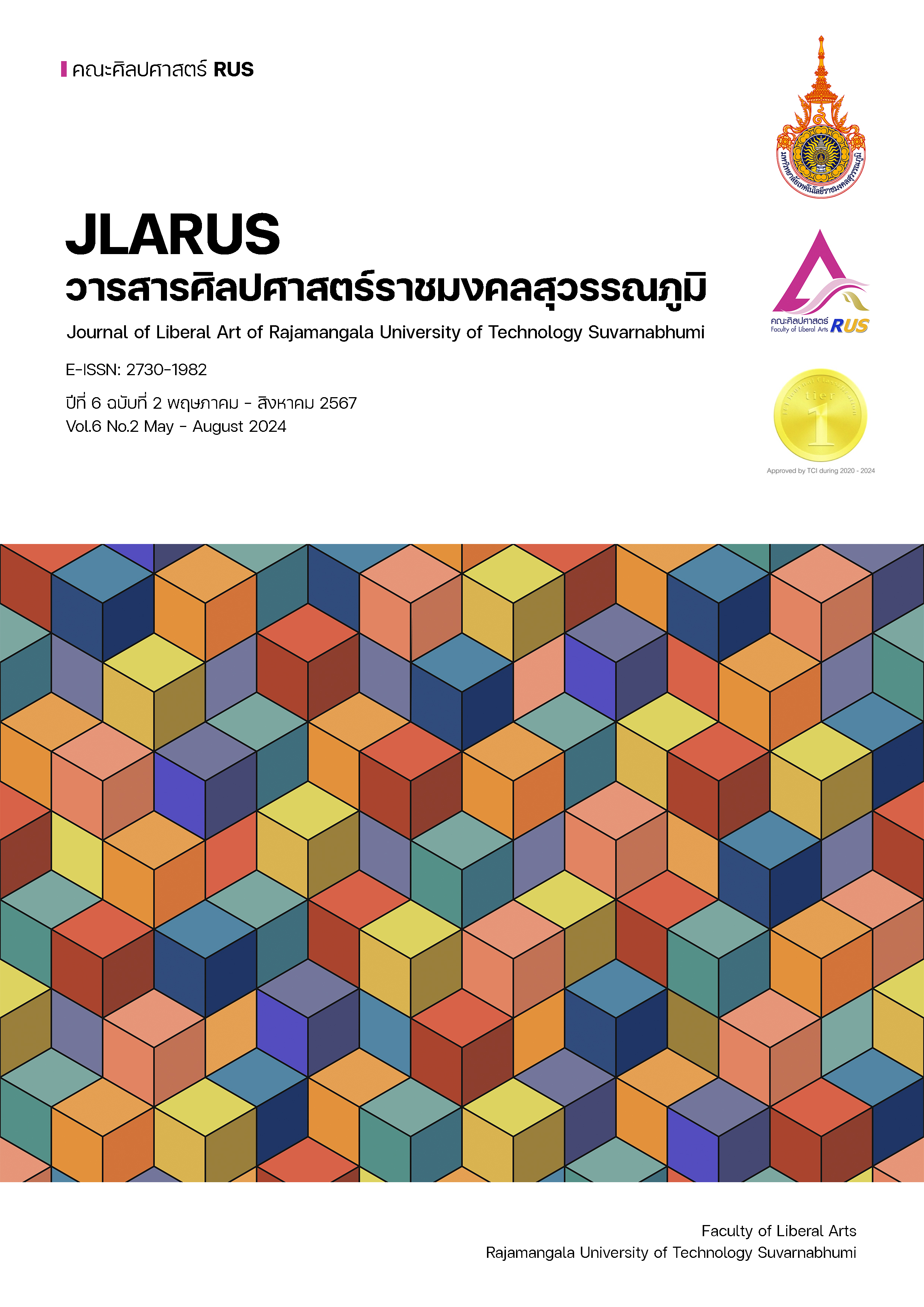ASSESSMENT OF KNOWLEDGE LEVEL AND SELF CARE BEHAVIORS AMONG DIABETES PATIENTS IN SAM PHONG, SI SONGKHRAM NAKHON PHANOM PROVINCE
Main Article Content
Abstract
The purpose of this study was to assess the level of diabetes knowledge and self-care behaviors of diabetic patients in Sam Phong Subdistrict Si Songkhram District Nakhon Phanom Province. This was the survey research. The participants were 100 people with diabetes. A specific sampling technique was used. The research tools used were questionnaires, checked for content validity by 3 experts. The Item Objective Congruence (IOC) was between 0.66 - 1.00. Statistics used in data analysis included frequency distribution, percentage, mean, and standard deviation.
The results of the research found that knowledge about diabetes among diabetic patients as following details; most respondents knew at a moderate level, 60 percent, followed by a low level, 38 percent, and at least, a high level, 2 percent. The level of self-care behavior of diabetic patients was at a moderate level, 77 percent. The lowest is a low level of 20 percent and the least is a high level of 3 percent. The importance of self-care behaviors for people with diabetes showed most respondents had self-care behaviors in all aspects at a high level ( = 3.73), arranged from highest to lowest. Exercise ( = 3.90), stress management ( = 3.85), drug use ( = 3.80), diet control ( = 3.61), and behavior to prevent complications ( = 3.59) The research results revealed the level of self-care behaviors of diabetic patients. It can be used to evaluate work efficiency and continue to improve services.
Article Details

This work is licensed under a Creative Commons Attribution-NonCommercial-NoDerivatives 4.0 International License.
References
กรมควบคุมโรค. (2565). 5 วิธีป้องกันโรคเบาหวาน. สืบค้น 30 มกราคม 2566. จาก https:// n9.cl/xw79jg.
กิเริ่น โซนี และคณะ. (2560). ผลของการให้ความรู้โรคเบาหวานแก่ผู้ป่วยเบาหวานชนิดที่ 2 เป็นรายกลุ่มเทียบกับรายบุคคล ณ หน่วยบริการปฐมภูมิและคลินิกโรคเบาหวานโรงพยาบาลเชียงรายประชานุเคราะห์. เชียงรายเวชสาร, 9(2), 19-28.
นาตยา พีระวรรณกุล. (2565). พฤติกรรมการดูแลตนเองของผู้ป่วยโรคเบาหวานชนิดที่ 2 โรงพยาบาลพรานกระต่าย จังหวัดกำแพงเพชร. วารสารวิทยาศาสตร์และเทคโนโลยีนอร์ทเทิร์น, 3(3), 38.
สำนักงานสาธารณสุขจังหวัดนครพนม. (2566). Data center Public. สืบค้น 30 มกราคม 2566. จากhttps://datacenter-npm.moph.go.th/datacenter/index.php.
สมาคมโรคเบาหวานแห่งประเทศไทย. (2557). แนวทางเวชปฏิบัติสำหรับโรคเบาหวาน พ.ศ. 2557. กรุงเทพมหานคร: ห้างหุ้นส่วนจำกัดอรุณการพิมพ์.
ศศิภัสช์ ช้อนทอง. (2564). โรคเบาหวาน. สืบค้น 30 มกราคม 2566. จาก https://www.med parkhospital.com/disease-and-treatment/diabetes-mellitus.
วรรณี นิธิยานันท์. (2557). ความรู้เกี่ยวกับโรคเบาหวาน. กรุงเทพมหานคร: วิวัฒน์การพิมพ์.
โรงพยาบาลพิษณุโลก ฮอสพิทอล. (2566). 5 วิธีดูแลตนเองเมื่อป่วยเป็นโรคเบาหวาน. สืบค้น 30 ตุลาคม 2566. จาก https://www.phitsanulok-hospital.com/th/knowledges/5-self-care-tips-when-you-have-diabetes.
รัชนี วุฒา. (2567). ความสัมพันธ์ระหว่างความเชื่อด้านสุขภาพกับพฤติกรรมการดูแลตนเองของผู้ป่วยเบาหวาน. วารสารสุขภาพและสิ่งแวดล้อมศึกษา, 9(1), 387.
ลักษณา พงษ์ภุมมา และศุภรา หิมานันโต. (2560). ความรู้ และพฤติกรรมการดูแลตนเองของผู้ป่วยเบาหวานชนิดที่ 2 ตำบลบางทราย อำเภอเมือง จังหวัดชลบุรี. วารสาร มฉก.วิชาการ, 20(40), 67-76.
ธนพร รัตนสุวรรณ, (2566). โรคเบาหวาน. สืบค้น 30 ตุลาคม 2566. จาก https://www.dmthai.org/ new/index.php/sara-khwam-ru/understand-diabetes/understand-diabetes-2.
ธานี นามม่วง. (2566). ปัจจัยทำนายพฤติกรรมการดูแลสุขภาพตนเองของผู้สูงอายุที่ป่วยด้วยโรคเบาหวาน ที่ไม่สามารถควบคุมระดับน้ำตาลในเลือด จังหวัดสุรินทร์. วารสารวิชาการสาธารณสุขชุมชน, 9(1), 175.
ฮาลีเมาะ สือแมง และคณะ. (2563). ความรู้ พฤติกรรมการบริโภคอาหาร และการเปลี่ยนแปลงของภาวะสุขภาพช่วงถือศีลอดในเดือนรอมฎอนของผู้ป่วยเบาหวาน ในคลินิกเบาหวาน โรงพยาบาลยะลา. วารสารวิจัยทางการพยาบาลการผดุงครรภ์และวิทยาศาสตร์สุขภาพ, 40(4), 48-60.


